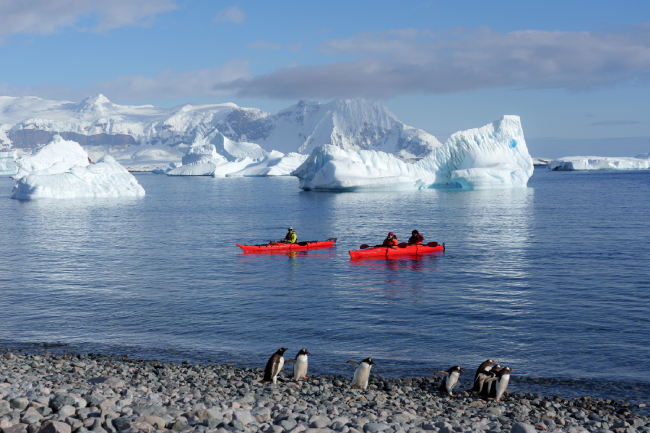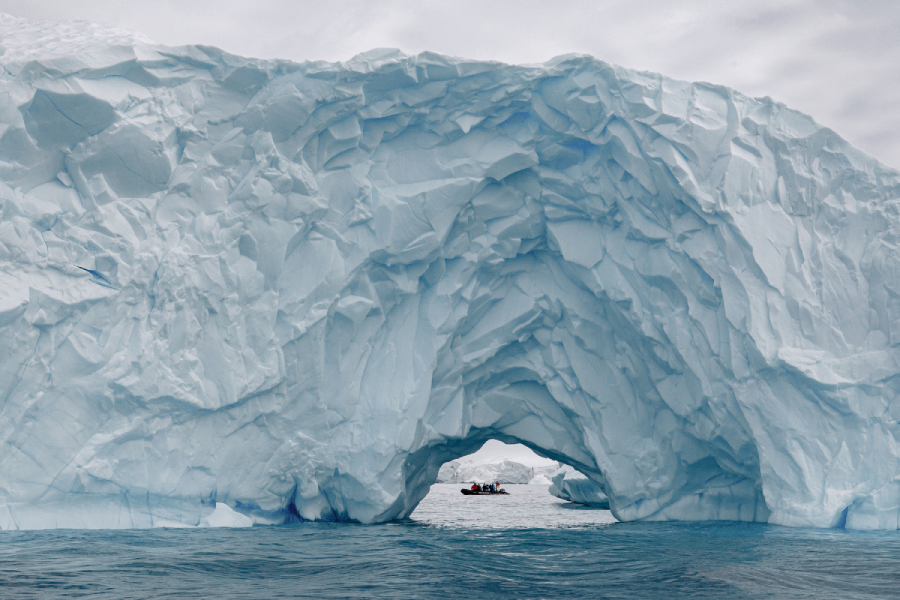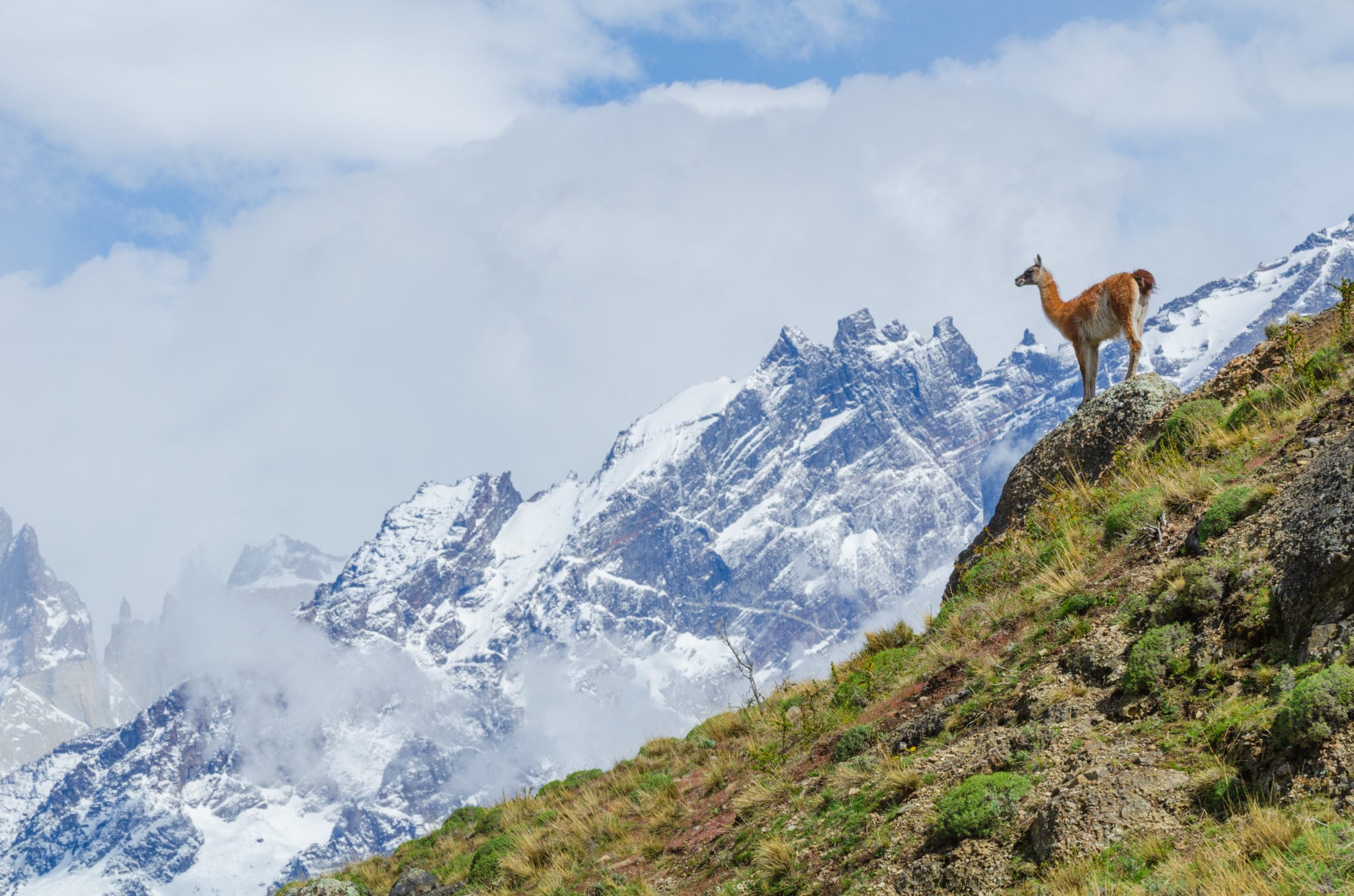The Drake Passage, situated at the southern tip of South America, is renowned for being one of the most tumultuous seas globally. Positioned between Cape Horn and the South Shetland Islands, it serves as the convergence point for the Atlantic, Pacific, and Southern Oceans. Waves here can range from 2-3 meters on a calm day to a formidable 13 meters during not-uncommon choppy conditions.
While some travelers opt for a challenging sail across the Drake as a personal test or rite of passage, certain itineraries, such as those from Ushuaia or those incorporating the South Georgia Islands, may necessitate crossing the Drake Passage. However, for those seeking a smoother journey to Antarctica and those who prefer to spare their sea legs (and stomachs!), an air-cruise proves to be a preferable alternative.
Flying over the Drake Passage
Opting for an air-cruise offers the advantage of a brief and comfortable 2-hour flight from Punta Arenas in southern Chile to and/or from King George Island in the South Shetland Islands. This allows you to bypass the notoriously turbulent waters of the Drake Passage. From the sky, you’ll witness the scenic beauty of the Chilean archipelago before landing in Antarctica within a mere two hours. Following a short walk, you can easily board your expedition vessel in the significantly calmer waters of the Antarctic sea. This streamlined approach provides a smoother and quicker transition to the wonders of Antarctica.
More time in Antarctica!
Not only does the air-cruise option offer a more pleasant experience, but it also allows you to truly maximize your time in Antarctica! Crossing the Drake Passage by ship typically takes at least two days, during which, aside from the vast open sea, there isn’t much to see. While you may enjoy excellent cuisine, relaxation time, and optional lectures, wouldn’t you prefer spending those two days kayaking alongside icebergs or engaging in whale spotting off the coast of Antarctica, rather than gripping the ship’s railings?
Moreover, taking off and landing in Punta Arenas means you’re already in Patagonia. Seize the opportunity to make the most of your journey by experiencing life on a Patagonian ranch. Alternatively, head to Puerto Natales to explore the magnificent Torres del Paine National Park. The air-cruise option not only enhances your Antarctic adventure but also opens doors to additional captivating experiences in the surrounding Patagonian region.
Smaller is better
In addition to sparing your stomach and providing a calmer and swifter crossing, opting for an air-cruise allows you to navigate around Antarctica on a smaller ship. This advantage becomes apparent when the crew receives news of a whale sighting nearby—on a smaller vessel, all passengers can promptly board a Zodiac to witness the whales up close.
International regulations impose limits on the number of people allowed on shore simultaneously, with a cap set at 100. Passengers on larger ships, originally designed for the challenging Drake Passage, may find themselves waiting their turn to disembark. However, with an air-cruise accommodating a maximum of 71 guests, everyone can freely explore the captivating landscapes of Antarctica without delays. This more intimate setting enhances the overall experience, ensuring that each traveler has the opportunity to fully immerse themselves in the wonders of Antarctica.
Your trip is still carbon neutral
Unless crossing the Drake Passage is a non-negotiable aspect of the tour you choose (or a personal preference), air-cruises present a fantastic option. Concerns about carbon emissions from flying are mitigated by the fact that the provider is a certified CarbonNeutral® company. Additionally, they actively support Antarctica-based science projects aimed at protecting the environment. Initiatives include providing green hydrogen for the bases on the continent and collecting scientific data during expeditions. This commitment ensures that your journey to Antarctica aligns with sustainability practices and contributes to the preservation of this unique and fragile ecosystem.
*Note that flights returning from Antarctica may be cancelled due to weather conditions. This is a rare occurrence and will only happen if there is no improvement in the weather within two days of the scheduled return date, in which case the ship will sail to your destination.







